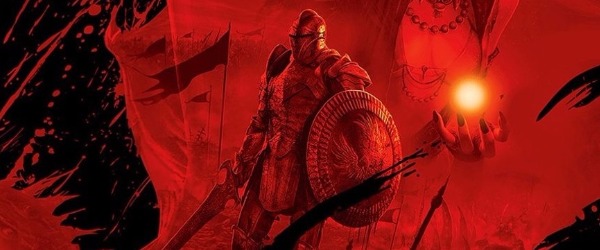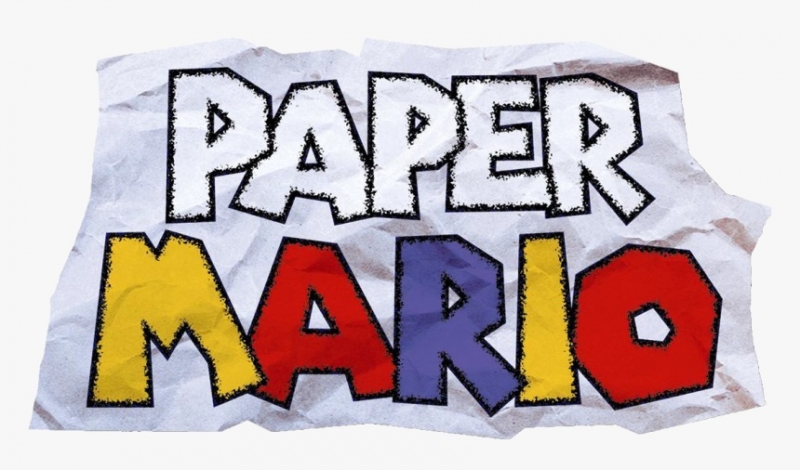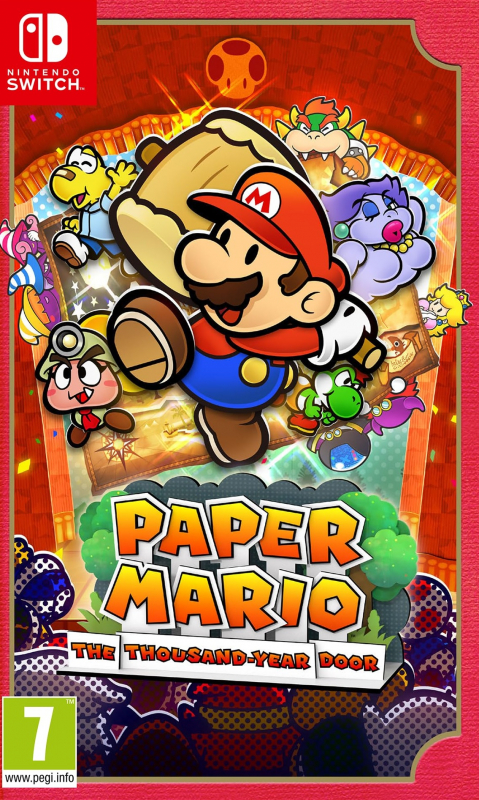
A Late Look: Paper Mario - Article
by Mark Nielsen , posted on 17 June 2024 / 2,340 ViewsWelcome to A Late Look, a series of article where I take a belated look at games from yesteryear that I missed out on the first time around. Not quite review and not quite rant, it’s more a casual assessment of what I – the gamer of the future – consider to be each game’s strengths and weaknesses in retrospect.
Just last month Nintendo released a remake of the cult-classic Paper Mario: The Thousand-Year Door, so what better time could there possibly be to take a look not at that game, and not at its original, but at the Nintendo 64 game from 2000? None is what I say! This very first release in the Paper Mario series will also be my first entry point. So, let’s get to it.
Strength: Style & Creativity
Let’s make Mario, but out of paper. Who knows where an idea like that came from, but what I can say is that it works. There’s something inherently charming about 2D characters walking around in a 3D diorama world, and it’s made all the more so by numerous nice little touches. Like the way the front of a house might fold down when you enter to let the camera look inside, or the way our dimensional hero swirls around when entering a warp pipe. And the world is much more than just a pretty backdrop. From the dungeons, to the towns, and the roads in between, there are often plenty of elements to interact with and secrets to find.
A solid style and world is great by itself, but it’s made better still by the level of creativity on display along the way. Sure, you have your basic deserts and forests, but you’ll also be swimming around the jungle on a Cheep Cheep and exploring the inside of a toy box. The dungeons in particular are where the game flexes its creative muscles to offer some very unique mechanics and boss fights.
Weakness: Backtracking Simulator (or There & Back Again)
As nice as the colorful world of Paper Mario is, there’s a distinctive flaw in the way it's structured. As the centerpiece of it all we have Toad Town and each chapter will have you traveling out to new sections of the world from there, which is all well and good until the next chapter comes around and you must backtrack through the entirety of the just completed chapter before you can start moving towards the new one. Essentially, except for a few fast travel pipes that can only be unlocked after you’ve been to a place and back, every step you take away from Toad Town is one you’ll have to take once again on the way back. It’s not necessarily a fatal flaw but, combined with respawning enemies that are sometimes quite generous in number, we’re looking at a game that asks for quite a lot of patience from its players.
Strength: Fun in Simplicity
Imagine for a moment an RPG that doesn’t feature stat pages for a dozen characters, a hundred pieces of equipment, and damage amounts that cap out at 9999. It’s very difficult, isn’t it? But that’s what Paper Mario brings to the table and it executes it very well. It manages to offer just as much strategy as many more complex titles by focusing on things like enemy positions or intuitive rules. For instance, you can’t hit flying enemies with the hammer and can’t jump on enemies that have spikes. Sometimes your moves can even change the enemy's status. Jump on a flying Koopa and it falls down to become a regular Koopa. Jump on it again and it falls on its back, which reduces its defense. This is all helped along by the Tattle ability of your trusty friend Goombario (yes that is his legal name), which can reveal enemy information whenever you meet a new enemy type.
With the simple integers and being able to see enemy health bars, each battle becomes a little puzzle for you to solve. Can you defeat the enemies in one turn? In two? How can you best combine your moves to do so? Customization also plays a hand in this, as you must choose which abilities to equip outside of battles (in the form of badges), and it’s up to you whether you simply aim for a well-rounded build or switch things up according to the enemies you face in each area.
Action commands are another important element, making battles more active than simply choosing your moves. Defend at the right time to reduce damage taken, or input various commands during your own move to increase their power. While there might be just a tad too many button spamming commands for all but the most diehard hand-cramp enthusiasts, overall the feature is well-implemented and generally improved from Super Mario RPG.
Weakness: Fairly Repetitive Structure
As hinted at earlier, the story of Paper Mario is split into individual chapters, and while the level of creativity in both world & enemy designs makes these areas stand out from one another, the same unfortunately cannot be said for the structure of each chapter. Generally, they all follow the same order: Peach section -> Venture back to Toad Town -> Venture out from Toad Town -> Find a new village/people -> Complete a dungeon and beat the boss. When it’s fun it’s fun, but sometimes the repetitive structure and mostly predictable story can make it feel a little like you’re going through the motions, at least in comparison to some other RPGs. There’s much else to like about Paper Mario as an experience, but it won’t exactly have you on the edge of your seat wondering about what's coming next.
Strength: Colorful Characters & Humor
What is an RPG without characters? Probably not an RPG at all, maybe just a G, but luckily Paper Mario doesn't suffer from that particular problem. You won’t find any shortage of large personalities in the Paper Mario world; even regular cast members Mario, Bowser, and Peach are rarely seen as vibrantly as they are here. It’s all of this personality that contributes to making the sections in-between battles fun, whether that be from the story elements or just striking up conversations with random NPCs you encounter along the way. That’s not to say that every joke lands, or that every character you meet will be your new best friend, but it wouldn’t be wrong to say that the cast of this Paper story are what bring it - and the game itself - to life.
Conclusion
Paper Mario is a great example of an RPG that’s both approachable enough to be enjoyed by the most casual players and also allows for plenty of strategy for the more experienced ones. It impressed me on several levels, from its personality and creativity, to its (mostly) clever design, and not least by how well it's held up after more than 20 years. Despite lacking dimensionality, the mushroom kingdom has rarely had more depth than in Paper Mario. While I might not have felt hooked from start to finish, it still made for a great experience overall, one which has me quite curious to eventually try the even more beloved sequel – once it has become less topical, of course.
Personal Verdict: 4 A4-sheets out of 5































 Essay Pro
Essay Pro